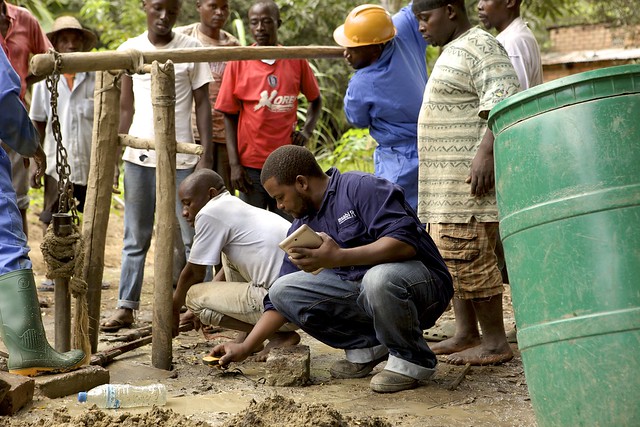5 Examples of Sustainable Development
 Although sustainable development is defined in multiple ways, the most often cited definition of the term comes from the Bruntland Report titled, “Our Common Future.” According to the report, sustainable development is “development that meets the needs of the present without compromising the ability of future generations to meet their own needs.” From this particular definition, sustainable development can be reduced to two key concepts: needs and limitations. Needs refers to those in need—the world’s poor. The limitations are those “imposed by the state of technology and social organization on the environment’s ability to meet present and future needs.” Though many examples of sustainable development exist, the leading models are discussed below.
Although sustainable development is defined in multiple ways, the most often cited definition of the term comes from the Bruntland Report titled, “Our Common Future.” According to the report, sustainable development is “development that meets the needs of the present without compromising the ability of future generations to meet their own needs.” From this particular definition, sustainable development can be reduced to two key concepts: needs and limitations. Needs refers to those in need—the world’s poor. The limitations are those “imposed by the state of technology and social organization on the environment’s ability to meet present and future needs.” Though many examples of sustainable development exist, the leading models are discussed below.
Top 5 Examples of Sustainable Development
- Solar Energy: The greatest advantages of solar energy are that it is completely free and is available in limitless supply. Both of these factors provide a huge benefit to consumers and help reduce pollution. Replacing non-renewable energy with this type of energy is both environmentally and financially effective.
- Wind Energy: Wind energy is another readily available energy source. Harnessing the power of wind energy necessitates the use of windmills; however, due to construction cost and finding a suitable location, this kind of energy is meant to serve more than just the individual. Wind energy can supplement or even replace the cost of grid power, and therefore may be a good investment and remains a great example of sustainable development.
- Crop Rotation: Crop rotation is defined as “the successive planting of different crops on the same land to improve soil fertility and help control insects and diseases.” This farming practice is beneficial in several ways, most notably because it is chemical-free. Crop rotation has been proven to maximize the growth potential of land, while also preventing disease and insects in the soil. Not only can this form of development benefit commercial farmers, but it can also aid those who garden at home.
- Efficient Water Fixtures: Replacing current construction practices and supporting the installation of efficient showerheads, toilets and other water appliances can conserve one of Earth’s most precious resources: water. Examples of efficient fixtures include products from the EPA’s WaterSense program, as well as dual-flush and composting toilets. According to the EPA, it takes a lot of energy to produce and transport water and to process wastewater, and since less than one percent of the Earth’s available water supply is freshwater, it is important that sustainable water use is employed at the individual and societal level.
- Green Space: Green spaces include parks and other areas where plants and wildlife are encouraged to thrive. These spaces also offer the public great opportunities to enjoy outdoor recreation, especially in dense, urban areas. According to the UW-Madison Department of Urban and Regional Planning, advantages of green spaces include, “helping regulate air quality and climate … reducing energy consumption by countering the warming effects of paved surfaces … recharging groundwater supplies and protecting lakes and streams from polluted runoff.” Research conducted in the U.K. by the University of Exeter Medical School also found that moving to a greener area could lead to significant and lasting improvements to an individual’s mental health.
– Samantha Davis
Sources: World Bank , International Institute of Sustainable Development, Green Living, Science Daily, Project Evergreen, U.S. Environmental Protection Agency
Photo: Flickr
